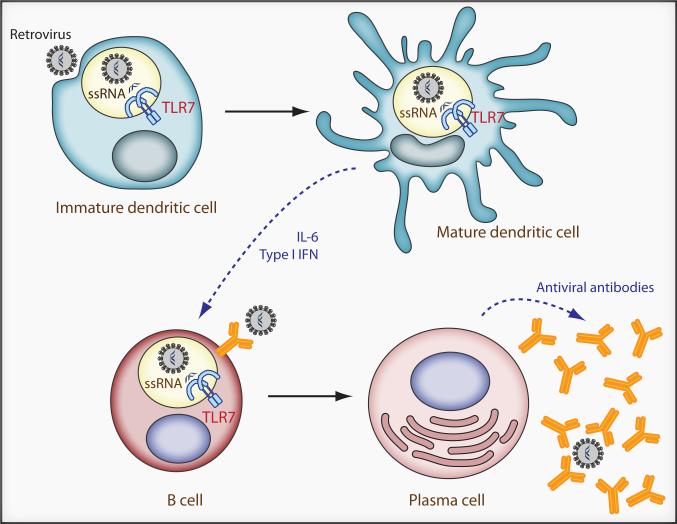Figure 1. The generation of a humoral anti-retroviral adaptive immune response requires TLR7.
TLR7 in endosomal compartments recognizes retroviral ssRNA. Engagement of TLR7 leads to DC maturation and production of type I IFN and inflammatory cytokines, including IL-6. Both type I IFN and IL-6 promote the differentiation of B cells into antibody-secreting plasma cells, although in the case of MuLV and MMTV infections, it appears that type I IFN is dispensable for the generation of anti-viral antibodies. It is also possible that TLR7 in B-cells may also affect the humoral response. For both MuLV and MMTV, virus specific antibodies play an important role in reducing the numbers of infected cells as well as reducing transmission of MMTV through milk.

